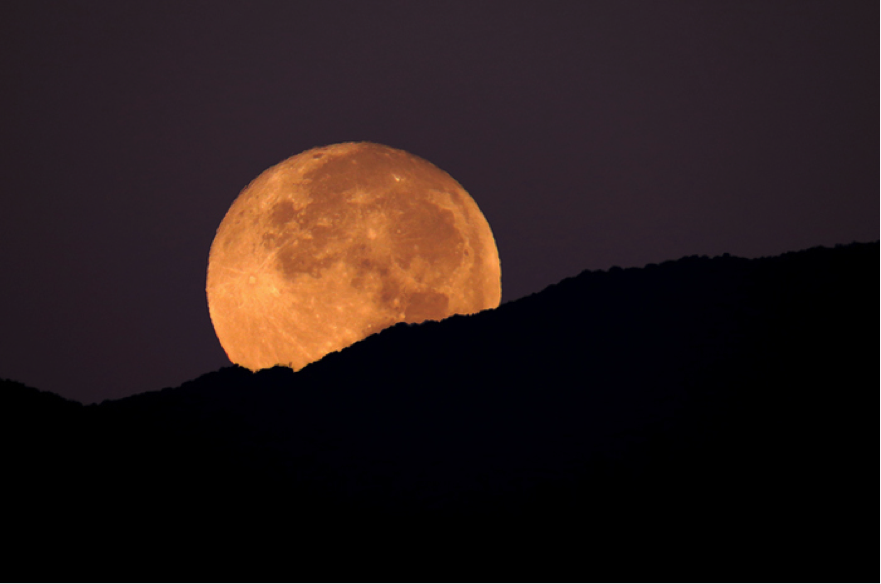Supermoon Science
Published 9:00 am Sunday, November 20, 2016

- Supermoon Science
If you’ve looked up at the night sky this week, particularly on Sunday or Monday, you may have noticed the moon looking bigger and brighter than usual. No, you’re not going crazy. On Monday morning, at around 6 a.m. EST, the full moon was closer to Earth than it’s been in 69 years.
The moon’s orbit is not a perfect circle with the Earth at its center, because there are other gravitational forces in our solar system pulling on it, primarily the sun. As a result, the moon travels in an ellipse around Earth, coming much closer during one half of the orbit than the other. If a full moon occurs during this window of time, it will look up to 14 percent bigger and 30 percent brighter than a more average full moon.
According to NASA criteria, a supermoon occurs when the full moon coincides with the moon’s closest approach to Earth. You might have heard Monday’s moon called a supermoon, but that’s not what makes it so special. Supermoons can occur multiple times a year. In fact, in addition to this month’s supermoon, October’s full moon was also a supermoon and December’s full moon will be, too.
What made Monday so special was that for the first time since 1948, the full moon almost exactly coincided with the moon’s perigee, the point at which it is at its absolute closest to Earth. This coincidence won’t happen again until November 2034.
The reason this phenomenon is so rare is because the position of the moon in relation to the Earth and the position of the Earth in relation to the sun have to line up exactly. The moon phases as they appear on Earth are dependent upon both.
Imagine the moon, Earth and the sun in a line, with Earth in the middle. When this occurs, we see the moon as full, since the side of the moon that we see is fully facing the sun.
Now imagine six lunar months later. The moon is in the same place in its orbit around Earth, but now Earth is almost on the other side of the sun, and the moon is in the middle. The same place in the moon’s orbit around the Earth, which appeared like a full moon before, would then appear as a near new moon. The moon’s perigee coinciding with a full moon is all a trick of timing.
To see more images of this rare supermoon, check out this slideshow of photos from around the world.
© Content That Works




